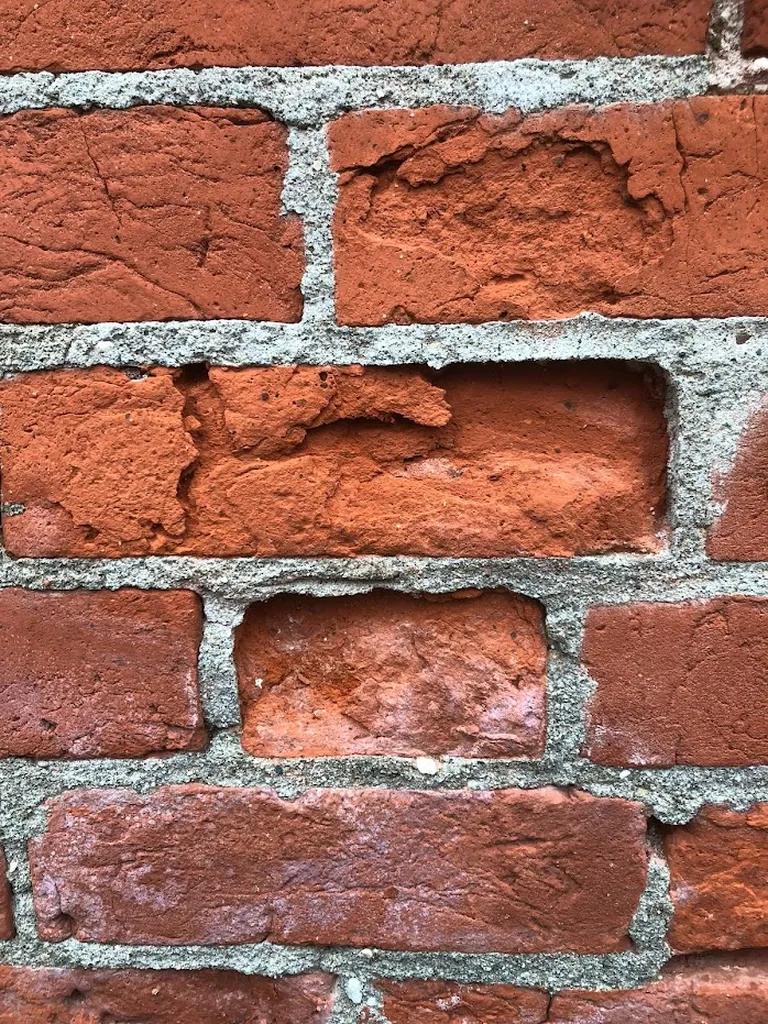Concrete block walls are a durable and long-lasting option for both residential and commercial properties. However, over time, these walls can become worn and unattractive. If you are looking to give your concrete block wall a fresh new look, resurfacing is a cost-effective and efficient solution. In this article, we will guide you through the steps of resurfacing a concrete block wall, providing you with all the information you need to achieve a professional and polished finish.
Table of Contents
- Preparing the Concrete Block Wall Surface
- Choosing the Right Resurfacing Material
- Applying the Resurfacing Material
- Finishing Touches and Maintenance Tips
- Q&A
- Insights and Conclusions

Preparing the Concrete Block Wall Surface
To ensure a successful resurfacing project, it is crucial to properly prepare the concrete block wall surface beforehand. This step is essential in order to achieve a smooth and durable finish. Here are some key steps to follow when :
- Begin by thoroughly cleaning the surface of the wall to remove any dirt, dust, or debris. Use a pressure washer or a stiff brush with a cleaning solution to scrub the surface.
- Repair any cracks or holes in the wall using a concrete patching compound. Fill in the damaged areas and smooth them out with a trowel. Allow the patching compound to dry completely before proceeding with the resurfacing.
- Apply a bonding agent to the wall surface to ensure proper adhesion of the new concrete overlay. This will help the resurfacing material adhere to the existing wall and prevent it from peeling or flaking off over time.
Once you have completed these preparation steps, the concrete block wall surface will be ready for resurfacing. Taking the time to properly prepare the surface will ensure a successful and long-lasting finish for your project.
Choosing the Right Resurfacing Material
When it comes to resurfacing a concrete block wall, choosing the right material is crucial for achieving a durable and aesthetically pleasing result. There are several factors to consider when selecting the best resurfacing material for your project.
First and foremost, consider the condition of the existing wall and the level of preparation required. Some materials may require more surface preparation than others, so assess the current state of the wall before making a decision. Additionally, think about the desired finish and texture, as different resurfacing materials offer varying levels of smoothness and visual appeal. Some popular options for resurfacing concrete block walls include:
- Stucco: A traditional and versatile choice that can be customized with colors and textures.
- Acrylic Coatings: A durable and weather-resistant option that comes in a variety of colors.
- Concrete Resurfacer: Ideal for repairing minor cracks and imperfections while providing a fresh new look.

Applying the Resurfacing Material
To apply the resurfacing material on a concrete block wall, it is essential to follow a few key steps to ensure a successful and long-lasting result. First, make sure the surface of the wall is clean and free of any debris or loose material. Use a pressure washer or wire brush to remove any dirt or flaking paint.
Next, mix the resurfacing material according to the manufacturer’s instructions. It is crucial to achieve the right consistency for proper adhesion and a smooth finish. Use a trowel to apply the material in thin layers, working from the bottom up. Smooth out any bumps or imperfections as you go along. Allow each layer to dry before applying the next one for the best results. With these steps, you can effectively resurface a concrete block wall and give it a fresh, new look that will last for years to come.
Finishing Touches and Maintenance Tips
After you have completed the process of resurfacing your concrete block wall, there are a few that can help ensure the longevity and durability of your project. One important step is to seal the surface of the wall with a quality concrete sealer. This will help protect the new surface from moisture, stains, and other environmental factors that can wear it down over time.
Additionally, consider adding a decorative finish to the wall, such as a coat of paint or a textured overlay. This will not only enhance the appearance of the wall but also provide an extra layer of protection. Regular maintenance is key to keeping your resurfaced concrete block wall looking its best. Check for any cracks or damage periodically and make repairs as needed. Keeping the surface clean and free of debris will also help prevent deterioration.
Q&A
Q: Why would I need to resurface a concrete block wall?
A: Resurfacing a concrete block wall can improve its appearance and add durability to the structure.
Q: What materials do I need for resurfacing a concrete block wall?
A: You will need concrete resurfacer, a bucket, water, a mixing paddle, a trowel, a float, and a brush.
Q: How do I prepare the surface of the concrete block wall before resurfacing?
A: Clean the wall thoroughly by removing any dirt, debris, and loose material. You may also need to patch any cracks or holes before resurfacing.
Q: How do I mix the concrete resurfacer?
A: Follow the manufacturer’s instructions on the packaging to mix the concrete resurfacer with water in a bucket using a mixing paddle.
Q: How do I apply the concrete resurfacer to the wall?
A: Use a trowel to apply a thin layer of the concrete resurfacer to the wall, then use a float to even out the surface. Finally, use a brush to add texture to the wall if desired.
Q: How long does it take for the resurfacer to dry?
A: The drying time will vary depending on the product used, but typically you should allow at least 24 to 48 hours for the resurfacer to fully cure before painting or sealing the wall.
Q: How do I maintain the resurfaced concrete block wall?
A: To maintain the resurfaced wall, regularly clean it with a mild detergent and water, and inspect for any signs of damage or wear that may require patching or reapplication of the resurfacer.
Insights and Conclusions
In conclusion, resurfacing a concrete block wall can greatly improve its appearance and increase its durability. By following the steps outlined in this article, you can easily revitalize your wall and enhance the overall look of your property. Remember to properly prepare the surface, choose the right resurfacing material, and follow the manufacturer’s instructions for the best results. With the proper tools and techniques, you can successfully resurface your concrete block wall and enjoy the benefits for years to come. Thank you for reading and happy renovating!


